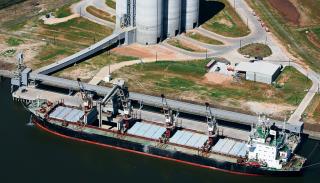Fuelled by strong demographic growth and high oil prices, the Saudi Arabian government is currently on a US$219bn infrastructure spending spree. With cement demand expected to hit 64Mt by 2014, capacity is now being ramped up with expansion plans by existing producers and the arrival of new players. But with a question mark hanging over the country’s fuel supply, the ability to meet this demand long-term remains uncertain.
International sanctions cutting Iranian oil output brought an unexpected boost to Saudi Arabia’s fortunes in 2012. With Brent crude holding above US$100 a barrel for the second year running, Saudi Arabia enjoyed revenue of SAR1.24tn (US$330.6m), pushing GDP growth for the year to a higher-than-anticipated 6.8 per cent.
It has been less rosy in 2013 with oil production in the first quarter down to an average 9.2m barrels per day (bpd), compared to 9.7mbpd in the previous year. This has led to forecasts of GDP growth of just five per cent for the current year as the downturn in oil production makes a dent in the economy of the world’s largest oil exporter. As much as 90 per cent of the country’s revenue comes from oil, making it vulnerable to external shocks. In a bid to create a more solid and predictable platform for growth, the Saudi Arabian government is now actively diversifying its economy into non-oil sectors, such as manufacturing, construction, banking and finance.
